Journal of Surgery and Surgical Research
Page Kidney Phenomenon following Kidney Graft Biopsy
Jackie Mak1 and Bulang He2*
2Clinical Associate Professor, The University of Western Australia, Consultant Transplant Urologist, Sir Charles Gairdner Hospital, Australia
Cite this as
Mak J, He B (2018) Page Kidney Phenomenon following Kidney Graft Biopsy. J Surg Surgical Res 4(1): 003-006. DOI: 10.17352/2455-2968.000050Introduction
Percutaneous renal allograft biopsy is commonly performed as a protocol or diagnostic biopsy after kidney transplantation to detect rejection, recurrence of kidney disease, infection and calcineurin inhibitor (CNI) nephrotoxicity [1,2]. It is generally considered as a safe procedure under ultrasound guidance. However, some complications associated with this procedure can occur. Most common complications are minor and can be managed conservatively. Major complications can occur in about 1% of cases [3,4], which may require blood transfusion, interventional procedure or even surgical exploration. Page kidney phenomenon is one of the rare but serious complications, in which the renal parenchyma is tamponade and its perfusion is compromised as a result of haematoma formation under the renal capsule. This will lead to deterioration in kidney function and graft loss if the diagnosis and management are delayed [5]. Therefore, early recognition of page kidney phenomenon is crucial as prompt evacuation of the haematoma can prevent graft loss and allow complete recovery of renal function [6]. Here we reported two cases of page phenomenon after kidney graft biopsy in our institution. The literatures were also reviewed.
Case 1
A 62-year-old lady with end stage kidney disease due to Type 2 Diabetes underwent second renal transplant. On day 4 post transplantation, she developed antibody mediated rejection and was treated per protocol. A repeat kidney graft biopsy was performed 2 months later. There was no immediate post biopsy complication and her blood pressure remained stable at 140/80 mmHg during the observation period. Her vital signs was stable as well for six hours during the observation. She had no haematuria and thus she was discharged home as per the protocol of kidney graft biopsy. Ten days later, she presented to the emergency department with pain over transplanted kidney, nausea and vomiting. On examination, she looked stable and had a blood pressure of 138/86 mmHg. There was tenderness over the kidney graft. Her haemoglobin was 103g/L compared to 107g/L on the day of her last kidney biopsy, creatinine was elevated to 334 µmol/L from 200 µmol/L. Doppler ultrasound showed a haematoma in the interpolar region of the transplanted kidney. There was no vascular flow demonstrated within this area. The vascular waveforms were abnormal with absence of diastolic flow in the upper and lower pole of the transplanted kidney. The resistance index was increased to 1.2 (Figures 1,2). CT of the abdomen revealed a subcapsular haematoma in the transplanted kidney (Figure 3). The diagnosis was confirmed as page kidney phenomenon. The patient underwent urgent surgical exploration and evacuation of the subcapsular haematoma of the kidney. There was no active bleeding identified during. The intraoperative Doppler US showed some recovery of kidney perfusion. However, the kidney graft function continued to deteriorate postoperatively. On day 1 post operation, Doppler ultrasound demonstrated normalization of vascular traces in upper and lower pole of kidney graft, but no flow could be obtained in the inter polar region. On day 2 post-operation, renal nuclear perfusion scan showed absence of perfusion and function of the kidney graft. The decision was made to remove the kidney graft. Histopathology confirmed that the kidney graft was non-viable with extensive haemorrhagic infarction involving over 90% of the renal parenchyma.
Case 2
A 58-year-old lady underwent renal transplantation for end-stage renal failure secondary to polycystic kidney disease. Her creatinine was 97 umol/L on discharge. She underwent protocol biopsy. There was no immediate complication and her blood pressure was 130/60 mmHg after biopsy. During the observation period post biopsy, she subsequently developed macroscopic haematuria and worsening pain over the kidney graft. She then became oligouric six hours post biopsy and her blood pressure increased to 160/100 mmHg. On repeat blood test, serum creatinine was elevated to 182 umol/L from 98 umol/L prior to biopsy and her haemoglobin level was stable. An urgent Doppler ultrasound was performed. There was a subcapsular haematoma in the inferior pole of the transplanted kidney with a high resistivity index of 1 in the interlobar arteries of the kidney parenchyma. There was also a reversal diastolic blood flow (Figures 4,5). The decision was made for urgent exploration and evacuation of the subcapsular haematoma. During surgery a subcapsular haemotoma was seen. Following evacuation of haematoma, an active bleeder was identified from the biopsy site at the lower pole of the kidney. The haemostasis was achieved by over sewing the bleeder with a 3/0 Vicryal suture.
The patient recovered well with good urine output post-surgery. On repeat Doppler US, there was a normalised parenchymal blood flow in the transplanted kidney (Figure 6). However, the kidney graft function had continuously worsened over the next few days with a peak Cr level of 744 µmol/L on day 6 post surgery. Fortunately, the Cr level started to improve over the next few weeks. It was at 209 µmol/L one month post-surgery and slowly recovered to a baseline of 120 µmol/L. The kidney graft function was stable over the 3 years follow up.
Discussion
Percutaneous renal biopsy has been increasingly used as a protocol biopsy after kidney transplantation. It is also commonly performed to diagnose the underlying pathology when the renal function deteriorates. However, it is associated with some potential complications such as haematuria, urinary tract obstruction by clots, formation of pseudoaneurysm and/or arteriovenous fistula and peri-graft or subcapsular haematoma. The incidence of the complications ranged from 0.7% to 30% [6], whereas the major complication requiring interventional procedure was about 1% [5].
The Page kidney phenomenon was first described by Dr. Page in an experimental model in 1939 [7]. In the experiment, cellophane was wrapped around a native kidney leading to the constriction in renal parenchyma and hypertension [7]. In the context of kidney transplantation, Page kidney phenomenon can occur spontaneously after kidney transplantation [8,9], after percutaneous kidney graft biopsy [5,10-12], or after trauma to the allograft [13]. It can also occur in a native kidney [14]. There is a paucity of reports describing subcapsular haematoma following kidney graft biopsy [5,8,10-12]. It has the same effect as demonstrated in the Page kidney experiment. The haematoma compresses on the renal parenchyma as a tamponade effect and thus reduces the kidney perfusion. Wanic-Kossowska et al [15]. reported 3 cases of Page kidney phenomenon in consecutive 800 renal biopsies; two of cases developed subcapsular haematoma and one developed a huge peri-kidney haematoma. In addition, Chung et al [12]. reported 4 cases of Page kidney phenomenon in 518 renal transplant biopsies. The page kidney phenomenon may develop almost immediately after percutaneous renal biopsy. However, it could have delay presentation sometimes such as 10 days following biopsy [11], as in our case 1.
Given the rarity of page kidney phenomenon, its diagnosis can be easily missed. In our opinion, an acute pain over the graft with reduction in urine output is an alert for suspicion of Page kidney phenomenon after percutaneous biopsy. Urgent investigation should be performed with Doppler US of the kidney graft and blood test for Cr level. It was also suggested that elevation in blood pressure is the hallmark of presentation due to the activation of renin-angiotensin system [12,16,17]. In our experience, Doppler US is a useful modality for prompt diagnosis in the setting of percutaneous kidney graft biopsy. The absence or reversal of diastolic blood flow with elevated resistance index is a specific feature of Page kidney phenomenon although differential diagnoses also include acute tubular necrosis, acute rejection and renal vein thrombosis [3]. Repeat imaging is not of extra diagnostic value, as the time to surgical exploration is critical. The haemoglobin drop may not be very obvious as a small amount of haematoma can have a significant tamponade effect to kidney graft perfusion. Therefore, in our opinion, prompt surgical evacuation of the hematoma is fundamental in the setting of kidney transplant. Any delay of diagnosis and surgical intervention may result in kidney graft loss as in our case 1. This is because the renal graft capsule is usually thickened and lack of elasticity to allow expansion of haemotoma. As a result, the kidney graft perfusion is compromised. It was understood that the treatment options for page kidney phenomenon include conservative observation allowing the haematoma to be absorbed; interventional drainage and surgical intervention if it occurred in the native kidney. However, in the setting of renal transplantation, open surgical exploration and evacuation of the haematoma is preferred as percutaneous drainage may not resolve the tamponade effect completely, resulting in the recurrence of Page kidney phenomenon [18,19].
In conclusion, Page kidney phenomenon is a rare but serious complication after renal graft biopsy. It should be considered as medical emergency. The patient should be fully informed about the symptoms of Page kidney phenomenon when subject to percutaneous kidney graft biopsy. Doppler US is an acute useful modality for prompt diagnosis. The early recognition of Page kidney phenomenon and prompt surgical intervention is fundamental to prevent the graft loss.
- Kee TYS, Chapman JR, O'Connell PJ, Fung CLS, Allen RDM, et al. (2006) Treatment of subclinical rejection diagnosed by protocol biopsy of kidney transplants. Transplantation 82: 36-42. Link: https://goo.gl/CdBqVD
- Tanabe T (2014) The value of long-term protocol biopsies after kidney transplantation. Nephrology 3: 2-5. Link: https://goo.gl/CeeTaZ
- Adjei-Gyamfi Y, Koffman G, Amies T, Easty M, Marks SD, et al. (2014) Reversible acute anuric kidney injury after surgical evacuation of perinephric hematomas as a complication of renal transplant biopsies. Pediatric transplantation 18: 262-265. Link: https://goo.gl/JUDiKG
- Ahmad I (2004) Biopsy of the transplanted kidney. Seminars in interventional radiology 21: 275-281. Link: https://goo.gl/w5osjR
- Maurya KK, Bhat HS, Mathew G, Kumar G (2011) Page kidney following renal allograft biopsy - early recognition and treatment. Saudi Journal of Kidney Diseases and Transplantation 22: 1012,1013. Link: https://goo.gl/2nntVx
- Heffernan E, Zwirewich C, Harris A, Nguan C (2009) Page kidney after renal allograft biopsy: sonographic findings. Journal of Clinical Ultrasound 37: 226-229. Link: https://goo.gl/Ve1MtF
- Page IH (1939) A Method for Producing Persistent Hypertension by Cellophane. Science 89: 273,274. Link: https://goo.gl/Rcuxyw
- Butt FK, Seawright AH, Kokko KE, Hawxby AM (2010) An unusual presentation of a Page kidney 24 days after transplantation: case report. Transplantation proceedings 42: 4291-4294. Link: https://goo.gl/1Mdc6d
- Nguan CY, Beasley KA, McAlister VC, Luke PP (2007) Treatment of renal transplant complications with a mesh hood fascial closure technique. American Journal of Surgery 193: 119-121. Link: https://goo.gl/HKe34w
- Haydar A, Bakri RS, Prime M, Goldsmith DJ (2003) Page kidney--a review of the literature. Journal of Nephrology 16: 329-333. Link: https://goo.gl/jPau8o
- Kliewer MA, Carroll BA (1991) Ultrasound case of the day. Page kidney phenomenon in a transplanted kidney after biopsy. Radiographics 11: 336-337. Link: https://goo.gl/88iAC1
- Chung J, Caumartin Y, Warren J, Luke PP (2008) Acute Page kidney following renal allograft biopsy: a complication requiring early recognition and treatment. American Journal of Transplantation 8: 1323-1328. Link: https://goo.gl/Ksqttu
- Takahashi K, Prashar R, Putchakayala KG, Kane WJ, Denny JE, et al. (2017) Allograft loss from acute Page kidney secondary to trauma after kidney transplantation. World Journal of Transplantation 7: 88-93. Link: https://goo.gl/1CttyG
- Arslan S (2017) Bilateral nontraumatic recurrent Page kidney. Radiology Case Reports 12: 511-513. Link: https://goo.gl/mFsB78
- Wanic-Kossowska M, Kobelski M, Oko A, Czekalski S (2005) Arterial hypertension due to perirenal and subcapsular hematoma induced by renal percutaneous biopsy. International Urology and Nephrology 37: 141-143. Link: https://goo.gl/R65y5L
- Gibney EM, Edelstein CL, Wiseman AC, Bak T (2005) Page kidney causing reversible acute renal failure: an unusual complication of transplant biopsy. Transplantation 80: 285-286. Link: https://goo.gl/8MbVXw
- Sokhal AK, Prakash G, Saini DK, Singh K, Sankhwar S, Singh BP. Page kidney: A rare but surgically treatable cause of hypertension. Saudi Journal of Kidney Diseases and Transplantation 29: 193-197. Link: https://goo.gl/hS2X2a
- Kapoor R, Zayas C, Mulloy L, Jagadeesan M (2016) Recurrence of Acute Page Kidney in a Renal Transplant Allograft. Case Reports in Medicine. Link: https://goo.gl/Vqvtuf
- Morgan TA, Chandran S, Burger IM, Zhang CA, Goldstein RB (2016) Complications of Ultrasound-Guided Renal Transplant Biopsies. Am J of Transplantation 16: 1298-1305. Link: https://goo.gl/Dt8D9v
Article Alerts
Subscribe to our articles alerts and stay tuned.
 This work is licensed under a Creative Commons Attribution 4.0 International License.
This work is licensed under a Creative Commons Attribution 4.0 International License.
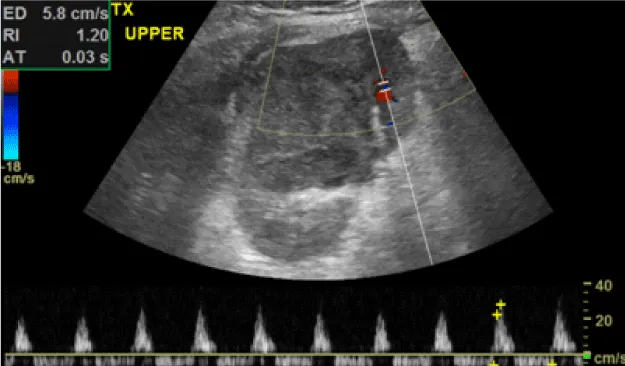
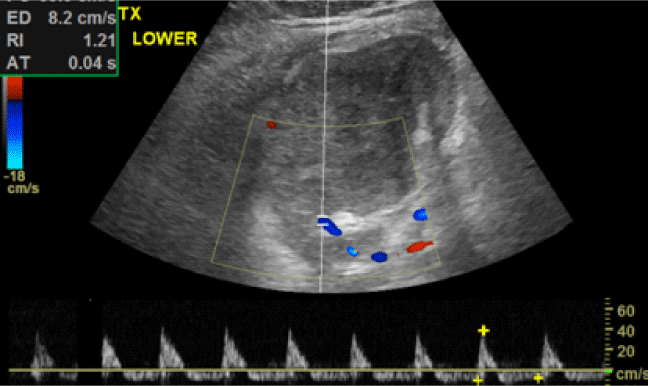
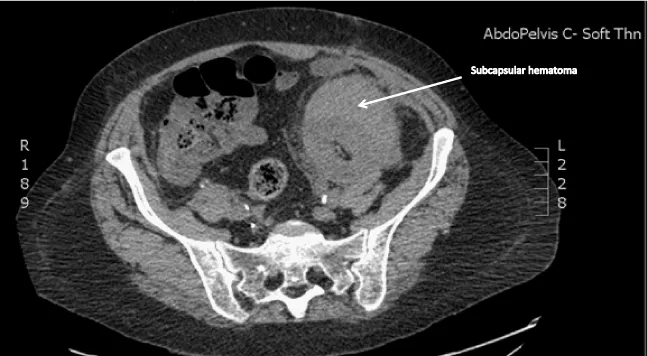
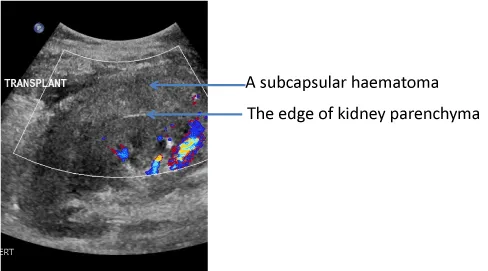
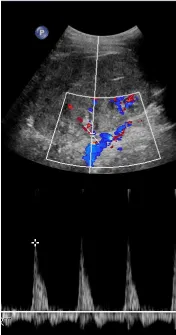
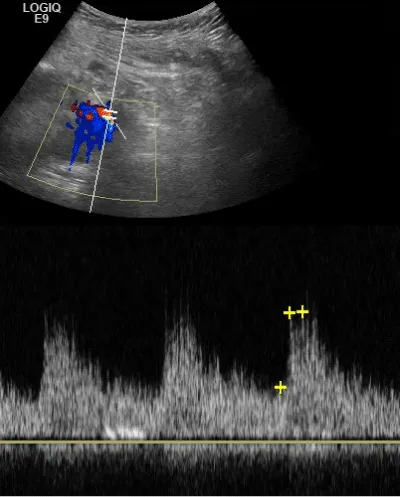

 Save to Mendeley
Save to Mendeley
